In March, the de Young Museum opened its newest exhibit: Paul McCartney Photographs 1963–64: Eyes of the Storm. Available to the public until July 6, this exhibit showcases upward of 250 photographs taken by Paul McCartney during some of the Beatles’ earliest trips. All in all, the exhibit’s photo selection and organization provide for a compelling look into the world’s most famous band ever.
In addition to being the best-selling music act of all time, the Beatles—made up of John Lennon, Paul McCartney, George Harrison and Ringo Starr—served as an influential counter-cultural force amid the social movements of the 1960s and early 70s. While some songs were silly, others, like “Revolution” and “Give Peace a Chance,” conveyed anti-war messages in a time when global conflict was rampant. In addition to their music, the young men’s decision to maintain mid-length hairstyles—mocked by many adults at the time—resisted social norms and pushed boundaries of gender.
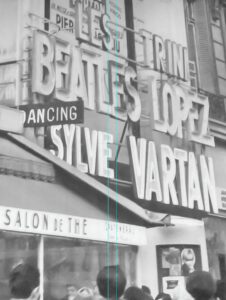
photo courtesy of Jason Kilar
Today, the Beatles still hold prominence in playlists around the nation and world. As is clear now, the band’s impact did not end when it disbanded in 1974—and will likely continue as time goes on.
In Eyes of the Storm, curators have brought to life the Beatles’ rise through a variety of savvy artistic choices.
Firstly, a surprising selection of photos shows viewers the untraditional facets of fame. Naturally, shots of paparazzi cameras, ecstatic fans and police escorts abound. Yet, there are other moments as well. In a particularly humorous one, Lennon, McCartney, Harrison and Starr smile in front of sculptures of their faces on a Paris trip. In another, the bandmates engage in a pillow fight—for a photoshoot with Harry Benson—atop a hotel room bed. Meanwhile, other photos are more intimate. In one, a calm Lennon plays the guitar while seated on a couch; light streams in through the window, and a rose beautifiies the foreground.
In addition, the exhibit displays a variety of other material that complement the photographs. On a mounted TV, viewers can watch the Beatles’ first performance on the Ed Sullivan show—and feel the exhileration through the screen. Meanwhile, McCartney’s humor shows through in a couple of old diary pages that wait to be observed under a glass case. In one, scribble after scribble of the band’s name, with the “B” shaped as a guitar.
Finally, the exhibit’s organization helps to orient the Beatles’ trips in time and space. For example, the photographs from London are black-and-white and hang on grey walls; meanwhile, photographs from the Beatles’ time in Florida contain color and hang on bright yellow walls. Through these details, viewers can track both the development of color photography and the exhileration of being in the Sunshine State.
For anyone interested in photography, Paul McCartney or the Beatles, Eyes of the Storm is a must-see! And while you are at it, feel free to explore the de Young’s other photography collections currently on view—I Dream a World by Isaac Julien and Ansel Adams in Our Time—and the lush grasses of Golden Gate Park.
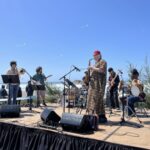
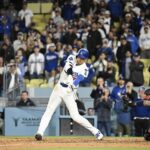

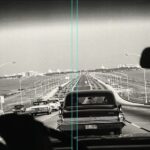
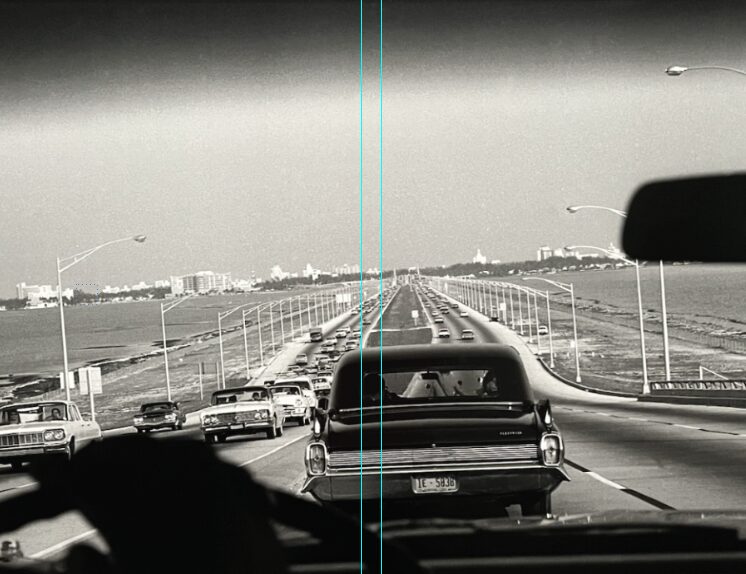


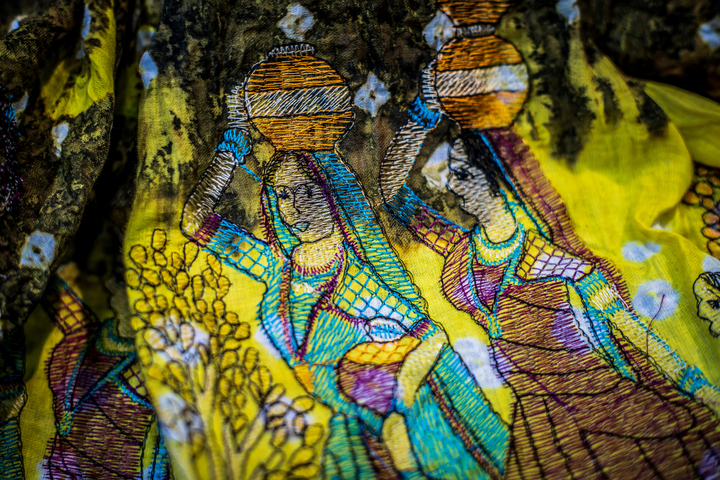
+ There are no comments
Add yours